Antiques carry stories that span centuries, reflecting the artistry, craftsmanship, and history of their times. Each piece, from rare coins to iconic manuscripts, holds a special place in the world of collectibles. Their provenance often adds to their allure, offering a glimpse into their fascinating past. Discovering these treasures reveals not only their intrinsic value but also their unique historical significance.
1804 Draped Bust Silver Dollar
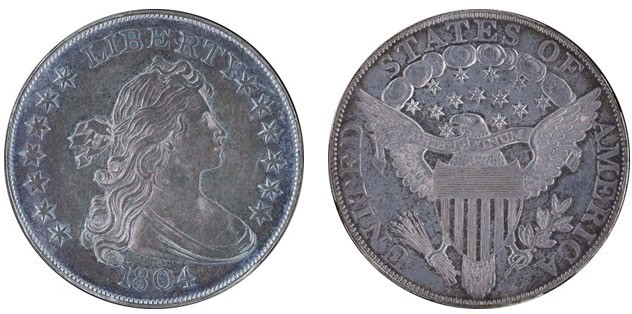
The 1804 Draped Bust Silver Dollar is a remarkable numismatic treasure, valued at around $7.6 million. Minted in 1804, this coin was originally created as a presentation piece for foreign dignitaries. It became famous when rediscovered in the 19th century. Known collectors have included King Farouk of Egypt. Today, this coin is housed in the Smithsonian Institution, showcasing its importance in American coinage history.
Leonardo da Vinci’s “Codex Leicester”
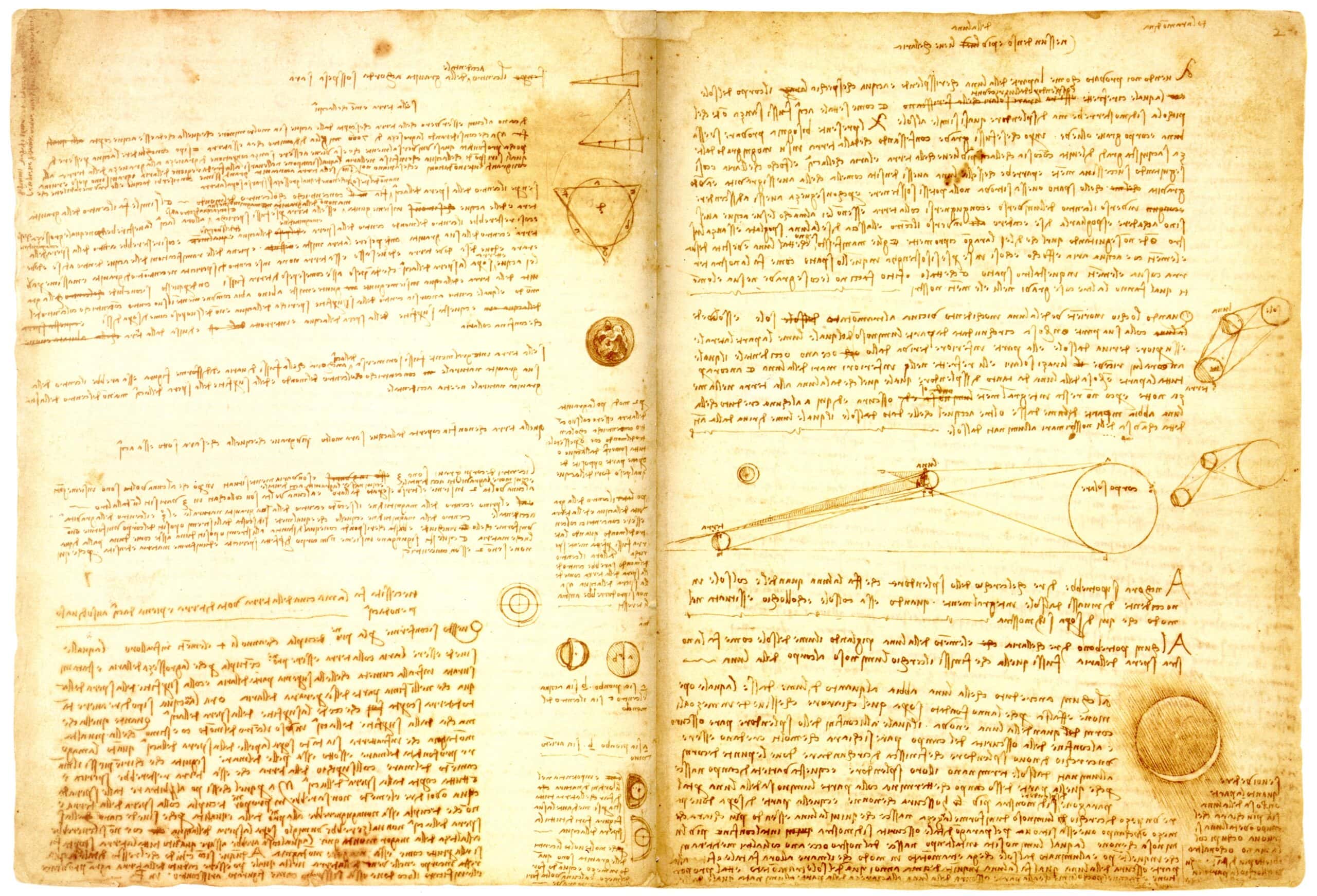
The “Codex Leicester” is a scientific manuscript by Leonardo da Vinci, valued at approximately $30.8 million. It contains da Vinci’s observations and theories on topics like astronomy and water dynamics. Thomas Coke, Earl of Leicester, acquired it in the 18th century. In 1994, Bill Gates purchased it for his private collection. This manuscript is celebrated for its detailed sketches and insights into Renaissance science.
Marie Antoinette’s Jewelry
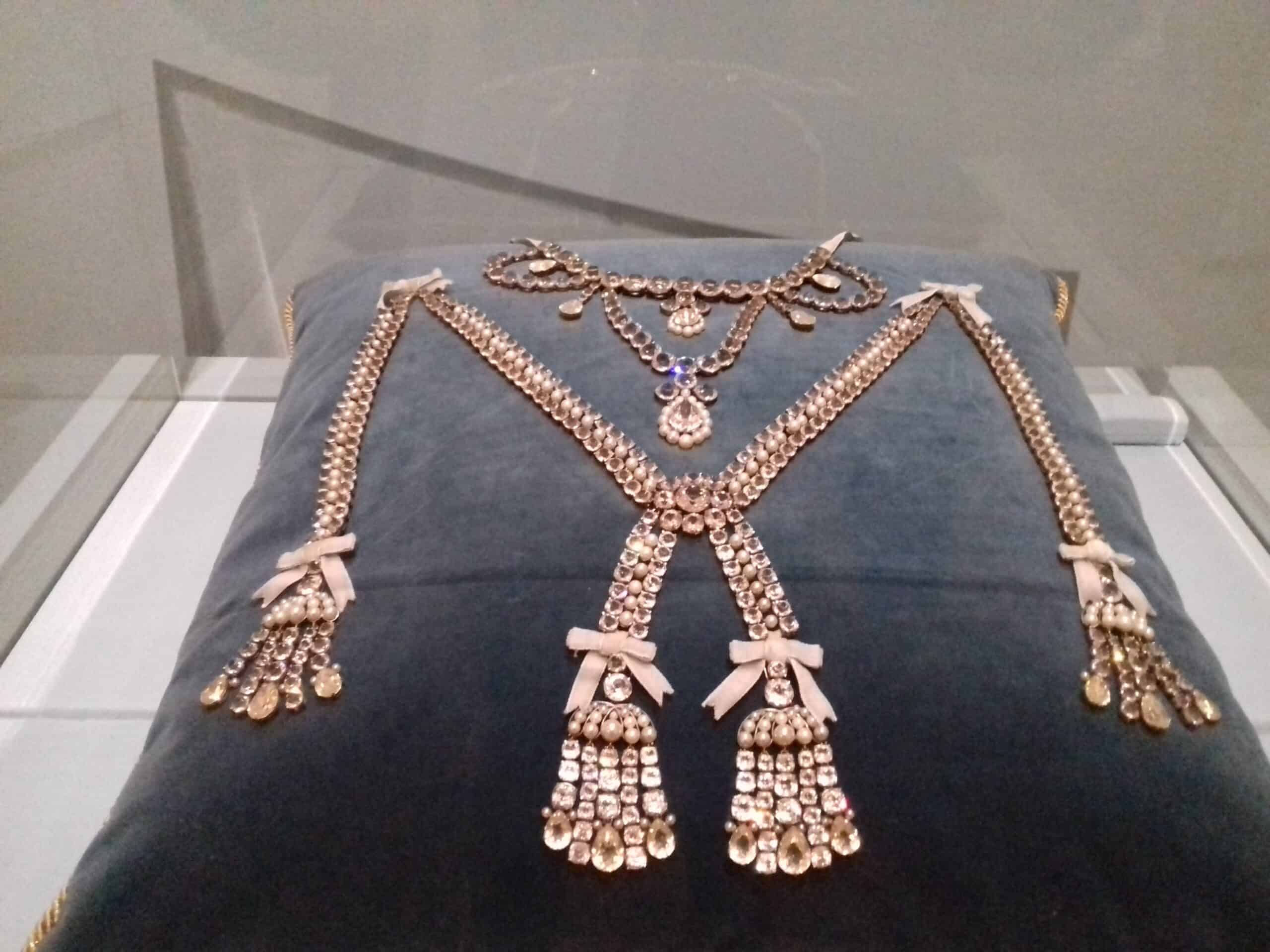
Marie Antoinette’s Jewelry represents the opulence of the French court, with individual pieces valued up to $20 million. These items, including necklaces and bracelets, were crafted in the 18th century. Stolen during the French Revolution, the jewelry surfaced in various private collections. Today, many pieces are exhibited in the Musée de la Mode et du Textile in Paris. They reflect the extravagant style of one of France’s most famous queens.
The Gutenberg Bible
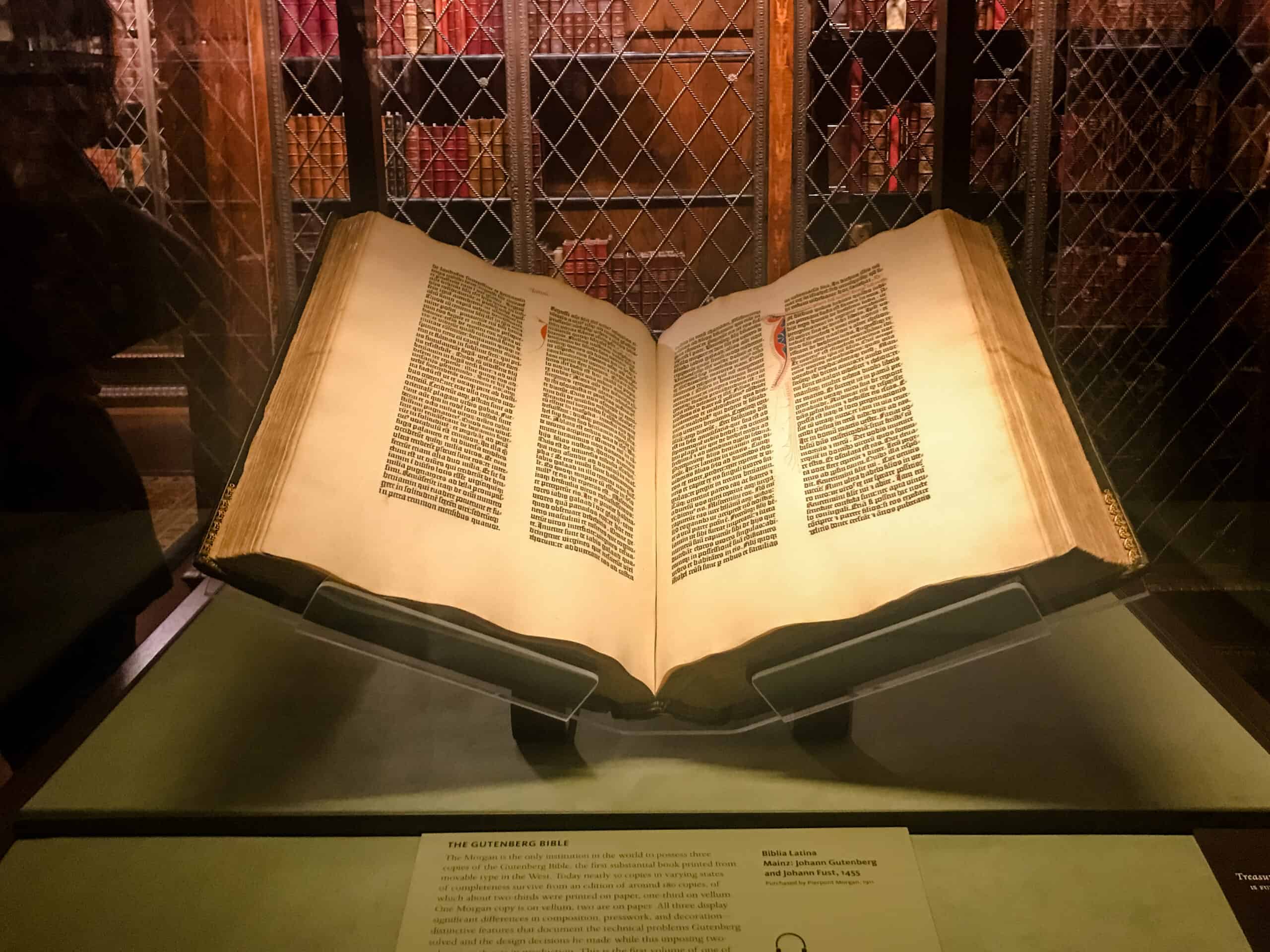
The Gutenberg Bible, valued at around $35 million, is a landmark in printing history. Printed in the 1450s by Johannes Gutenberg, it was one of the first major books produced using movable type. Few copies exist today, making it highly prized. Many are held by institutions like the British Library and the Library of Congress. Its impact on literature and learning is profound.
The First Folio of Shakespeare
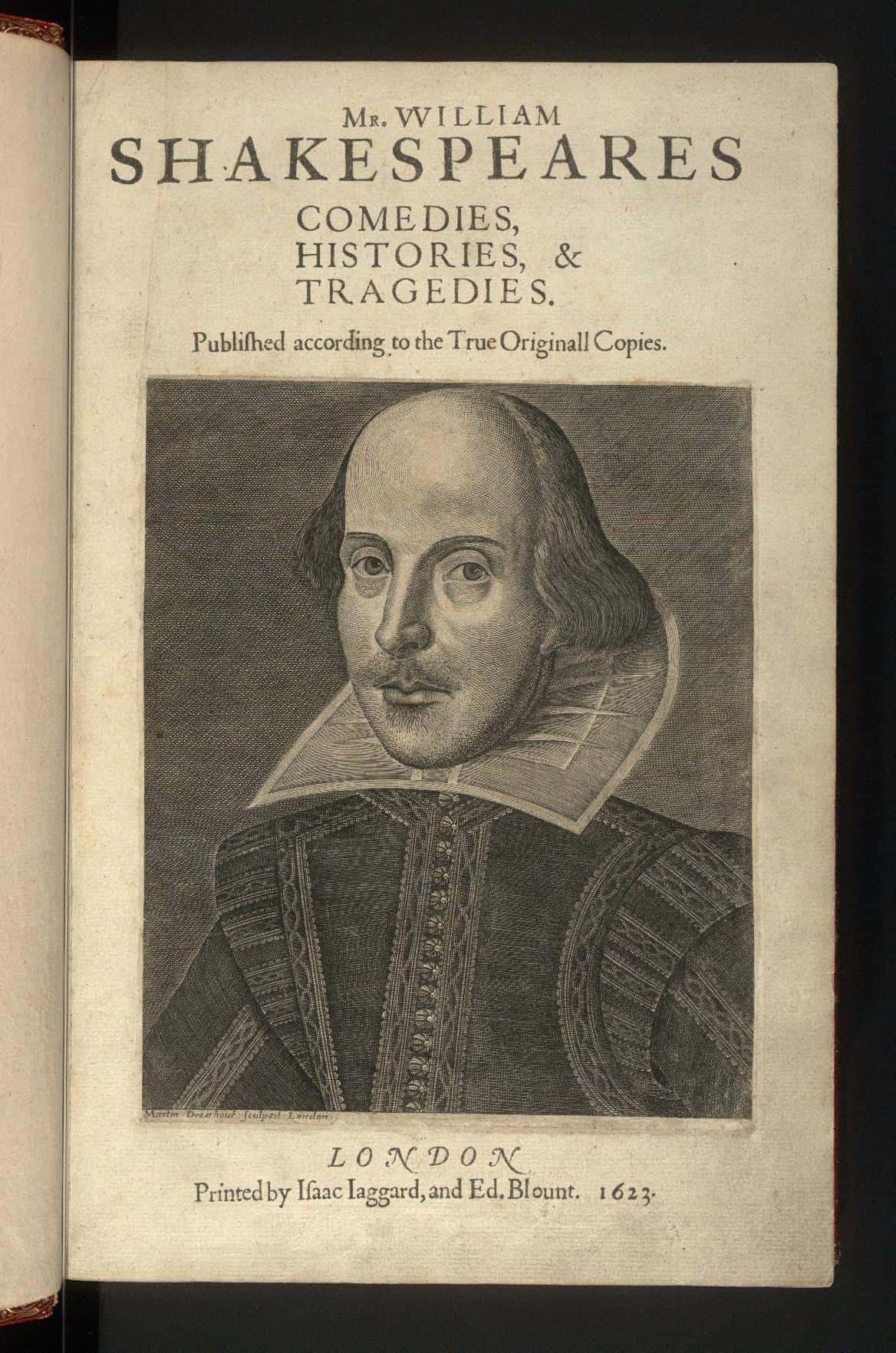
The First Folio, published in 1623, is a critical collection of Shakespeare’s plays, with copies valued around $10 million. Compiled by his friends and fellow actors, it preserved his works for posterity. Approximately 230 copies are known to exist today. The Folger Shakespeare Library holds a notable collection. Its publication marked a significant moment in literary history.
The Honus Wagner Baseball Card
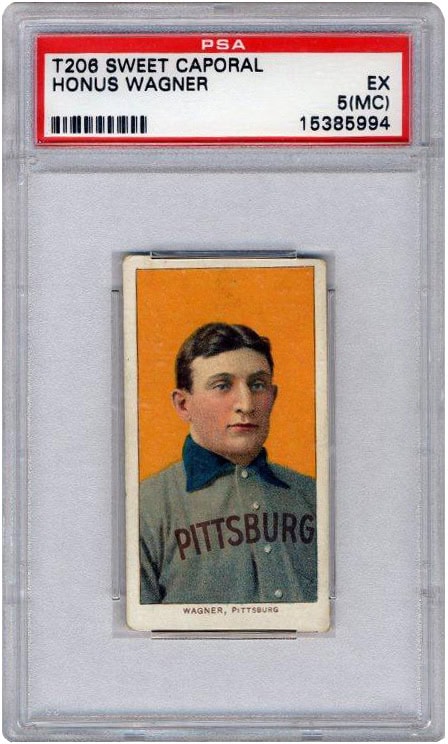
The Honus Wagner Baseball Card is one of the most coveted sports collectibles. Issued in 1909 by the American Tobacco Company, it features Wagner, a legendary baseball player. The card’s value is estimated at $7.5 million. Its rarity stems from Wagner’s objection to tobacco promotions, leading to a limited print run. This card is now a prized gem in sports memorabilia collections.
The Lewis Chessmen
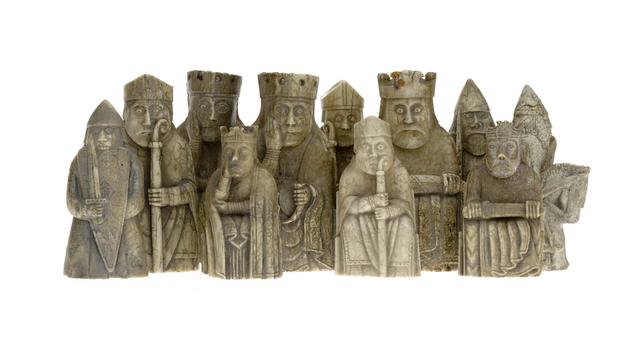
The Lewis Chessmen are a collection of medieval chess pieces discovered in Scotland, valued around $10 million. Dating back to the 12th century, they are intricately carved from walrus ivory. The set was found on the Isle of Lewis in 1831 and is split between the British Museum and the National Museum of Scotland. Their craftsmanship and historical value make them highly sought after.
The Fabergé Imperial Eggs
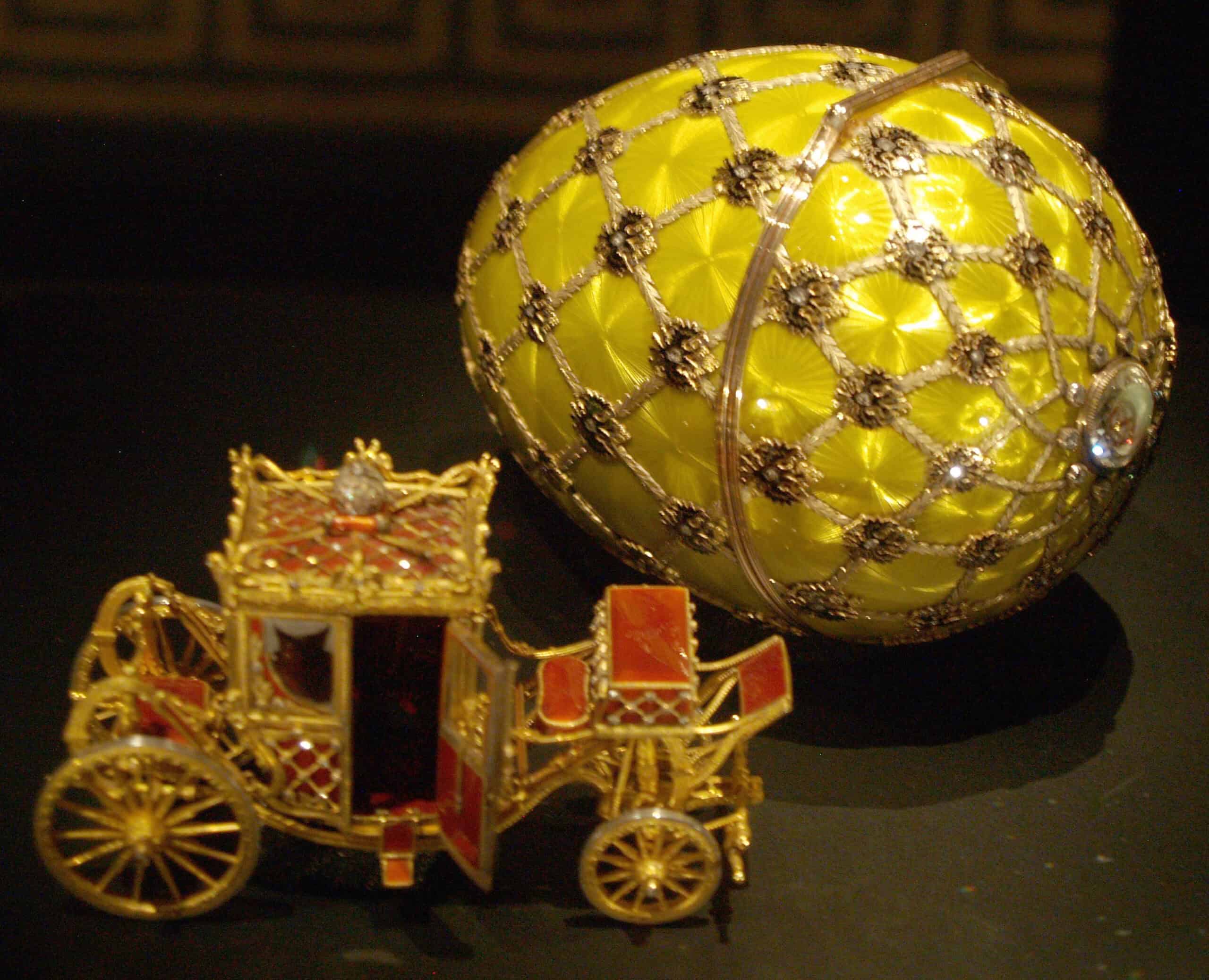
The Fabergé Imperial Eggs are exquisite pieces of jewelry created for Russian tsars, with values ranging up to $33 million. Produced between 1885 and 1917, they were gifts from Tsar Alexander III to his wife. Each egg features intricate designs and hidden surprises. Many are housed in the Kremlin Armory and the Fabergé Museum in St. Petersburg. These eggs showcase the opulence and craftsmanship of the Russian imperial court. They symbolize the luxury and artistry of the Fabergé workshops.
The Crown Jewels of the United Kingdom
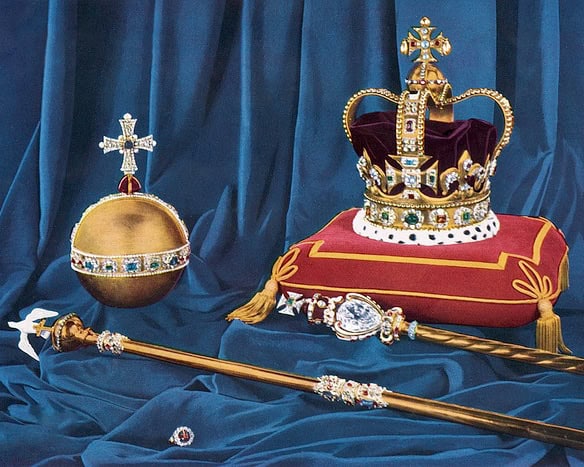
The Crown Jewels are the ceremonial regalia of the British monarchy, valued at billions of dollars. They include items like the Imperial State Crown and the Sovereign’s Sceptre. These jewels have been used in coronations since the 12th century. They are displayed in the Tower of London, highlighting their historical and symbolic significance. These regalia represent the continuity and tradition of the British monarchy. Each piece is meticulously crafted and holds deep historical meaning.
Thomas Jefferson’s Writing Desk
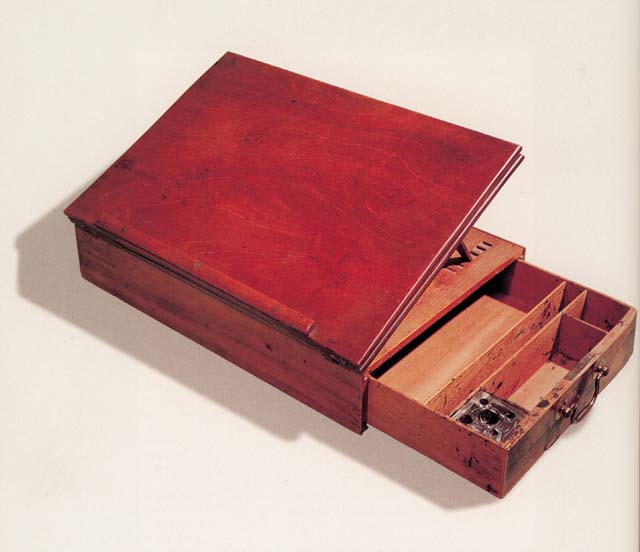
Thomas Jefferson’s Writing Desk is an iconic piece of American history, valued at approximately $6 million. Jefferson used it to draft the Declaration of Independence. Crafted in the 18th century, it is currently housed in the Smithsonian Institution. It symbolizes Jefferson’s contribution to American democracy. The desk reflects the craftsmanship of early American furniture making. Its historical context enhances its value and significance.
The Tsar’s Egg by Fabergé
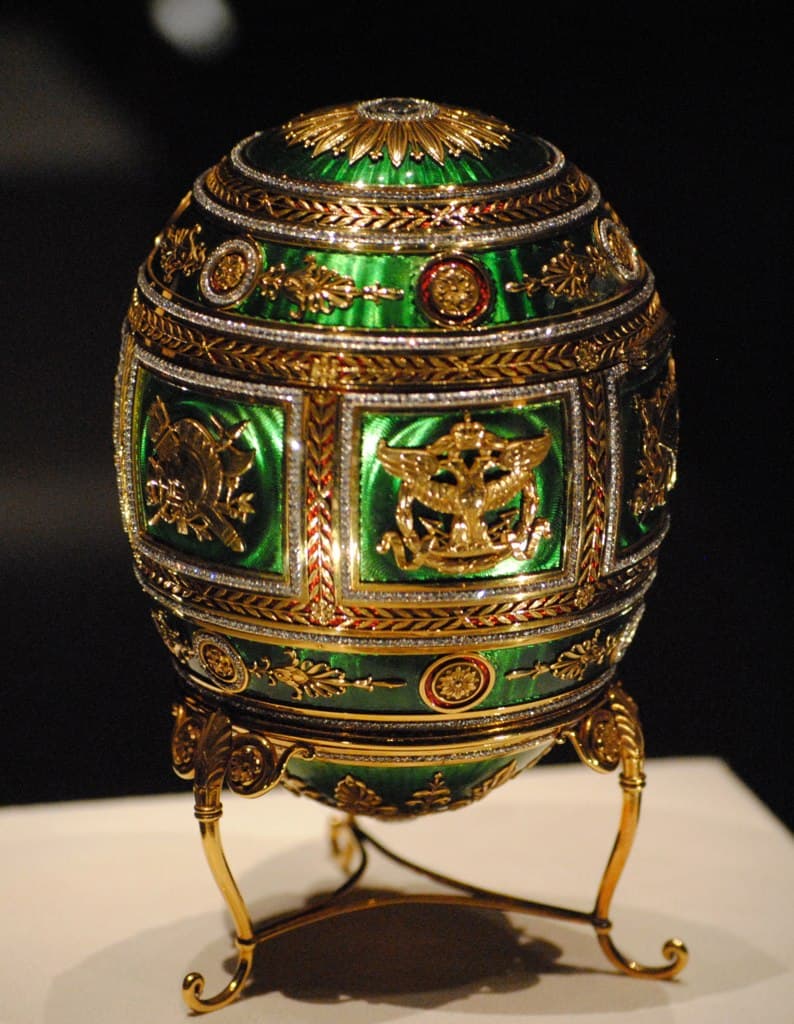
The Tsar’s Egg by Fabergé refers to the famous “Imperial Egg” created in 1887, valued at around $33 million. It was a gift from Tsar Alexander III to his wife, Empress Maria. Known for its elaborate design and craftsmanship, it contains a hidden surprise, which is a miniature replica of the imperial coach. The egg is now housed in the Kremlin Armory.
The 1909-S V.D.B. Lincoln Penny
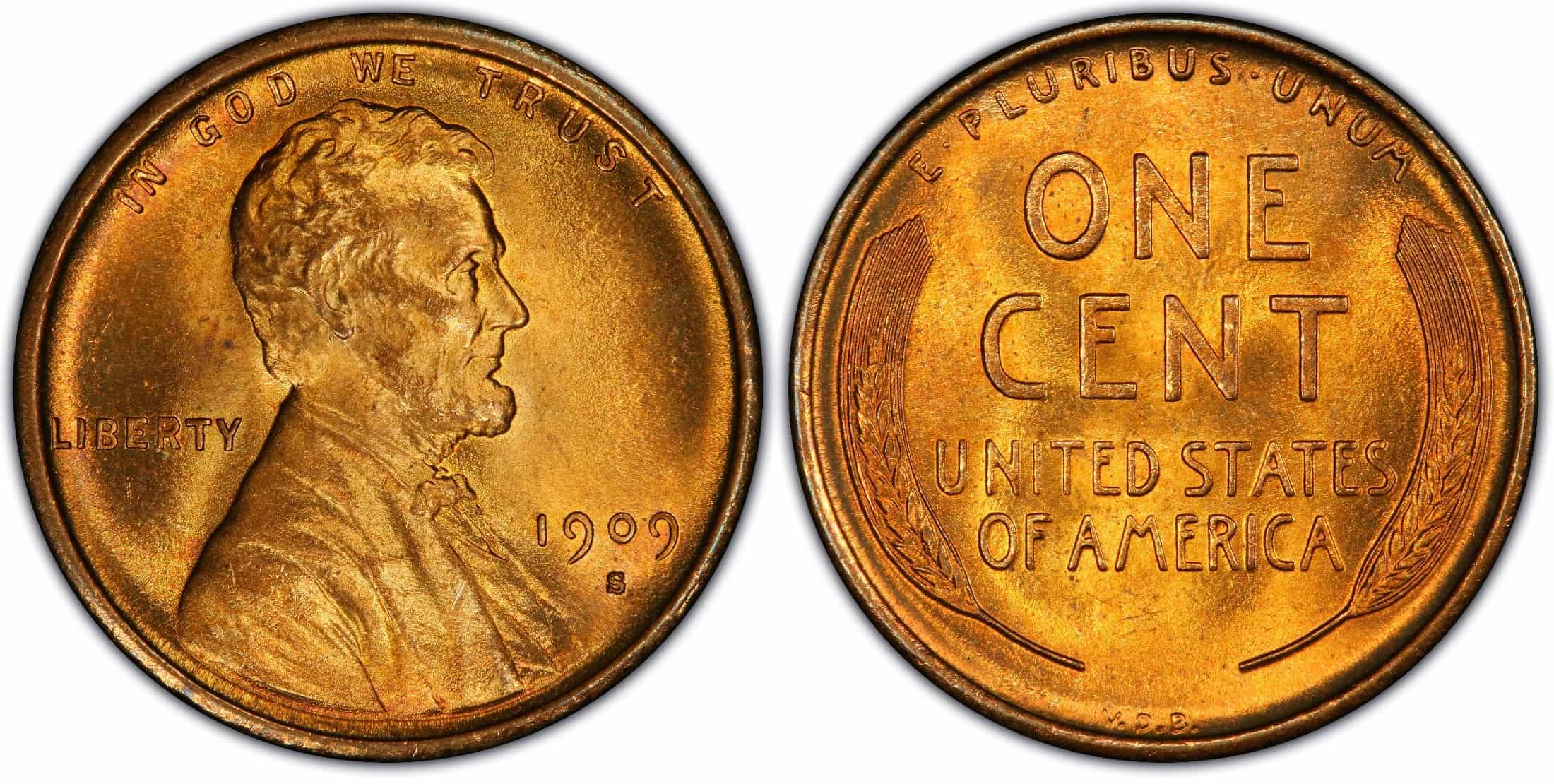
The 1909-S V.D.B. Lincoln Penny is a rare and highly valued coin, worth around $2 million. Minted in San Francisco, it features the initials of designer Victor David Brenner on the reverse side. Due to its limited mintage, only a few examples are in pristine condition. The coin is highly prized among numismatists. Its rarity and unique design make it a standout item in coin collections. The penny’s historical significance adds to its appeal.
The Wright Brothers’ Flyer
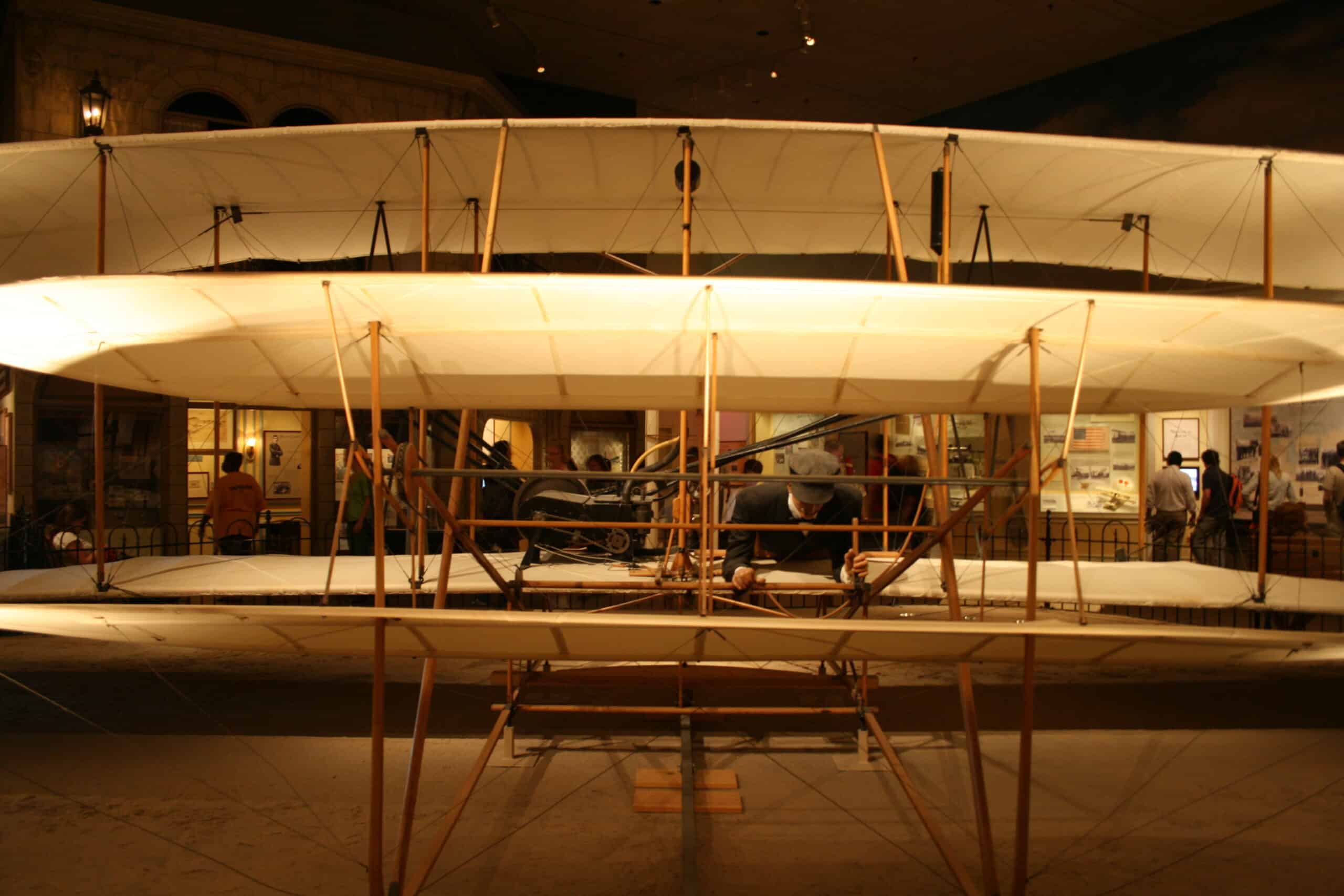
The Wright Brothers’ Flyer, valued at approximately $6 million, is the first successful powered aircraft. Built by Orville and Wilbur Wright in 1903, it achieved the first sustained flight. The flyer was displayed at the National Air and Space Museum before being sold to a private collector. It represents a milestone in aviation history.
The Ming Dynasty Vase
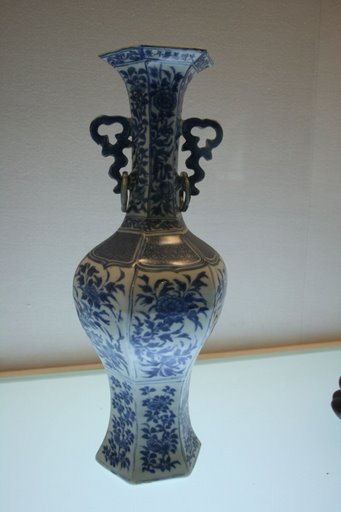
The Ming Dynasty Vase is a highly sought-after artifact, valued at around $35 million. Crafted during the Ming Dynasty in the 15th century, it is renowned for its intricate blue-and-white porcelain. The vase was discovered in a private collection and auctioned to a collector in Hong Kong. Its craftsmanship and historical significance contribute to its high value.
The Declaration of Independence Draft
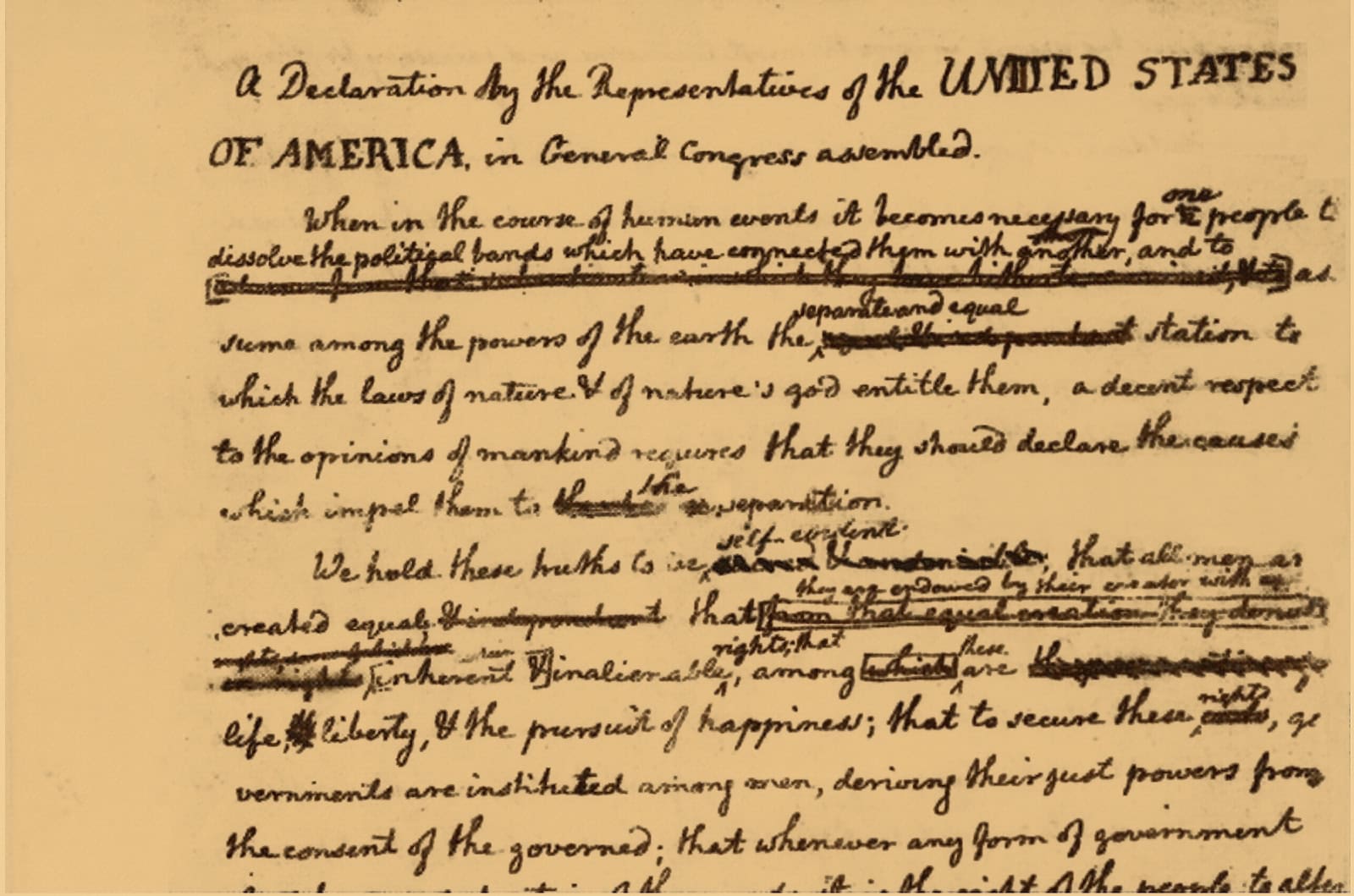
The Draft of the Declaration of Independence is a crucial document valued at approximately $8 million. Drafted by Thomas Jefferson in 1776, it represents the foundation of American independence. The draft was part of a collection that includes several original copies. It is now preserved in the Library of Congress.
The 1913 Liberty Head Nickel
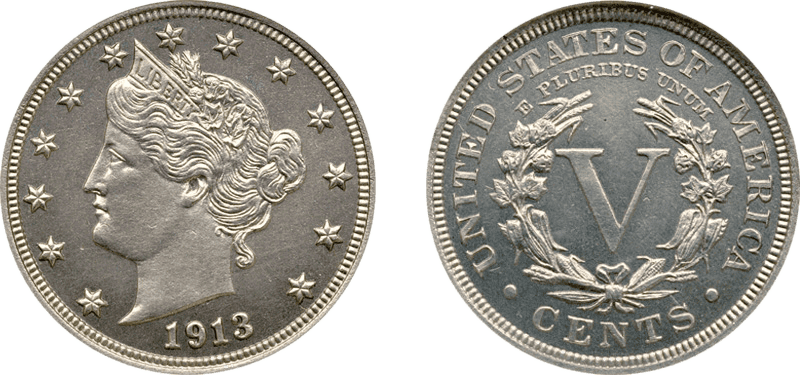
The 1913 Liberty Head Nickel is a rare coin valued at around $4.5 million. Only five examples were minted, and their rarity makes them highly prized among collectors. The coin’s design features a classic Liberty Head, and its limited production adds to its allure. One of these coins is held in the Smithsonian Institution.
This article originally appeared on Rarest.org.
More from Rarest.org
14 Most Beautiful Beaches in the Mediterranean

The Mediterranean is home to some of the world’s most stunning beaches, each offering unique beauty and charm. Read More.
12 Most Valuable Vintage BMWs at Auction
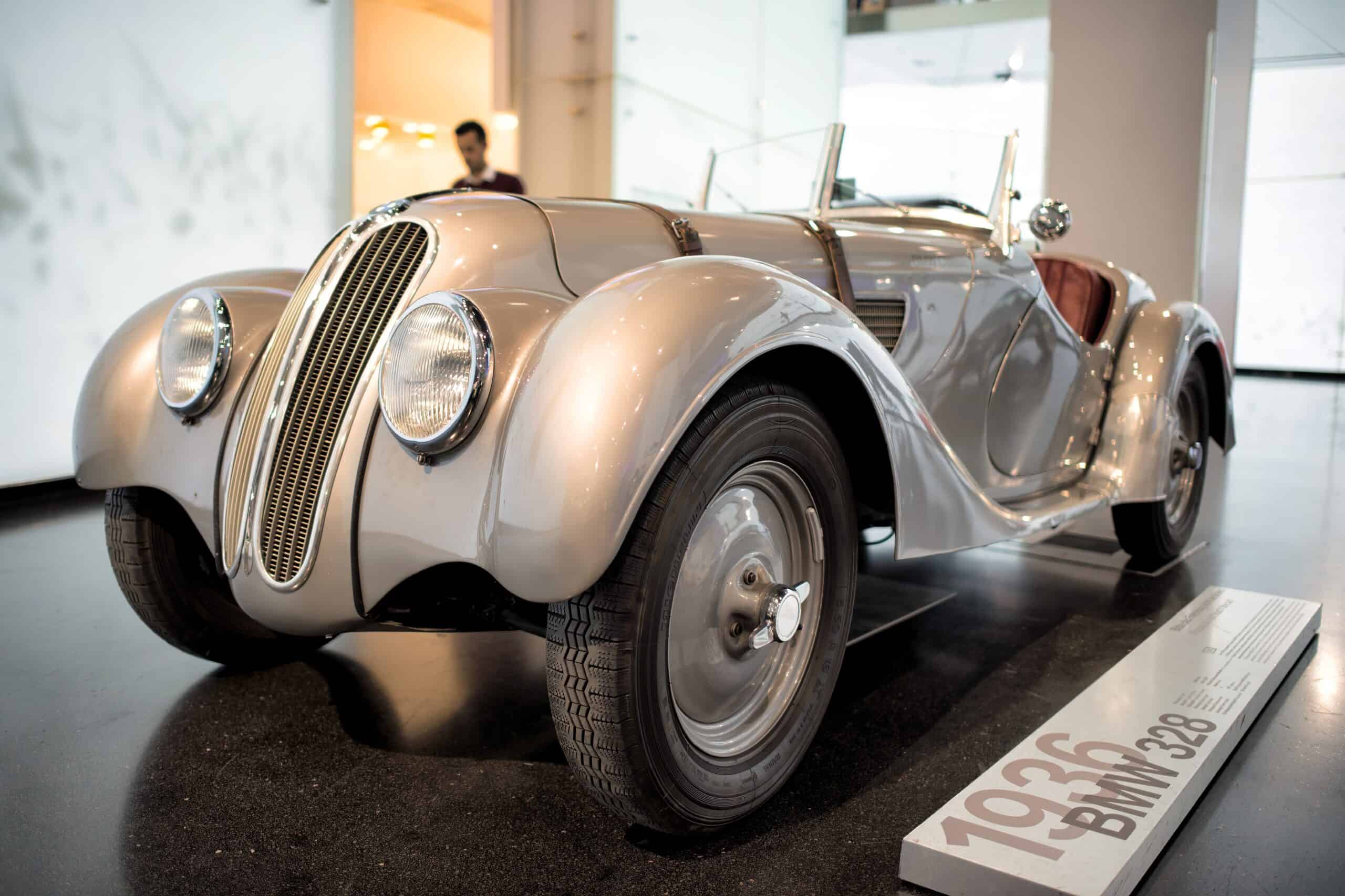
Vintage BMWs are a treasure trove for car enthusiasts and collectors alike, often fetching impressive prices at auctions due to their rarity, design, and performance. Read More.
8 Most Expensive NASCAR Teams

NASCAR is one of the most thrilling and financially demanding motorsports in the world. Behind the high-speed action and roaring engines are teams that invest millions to stay competitive and win championships. Read More.
